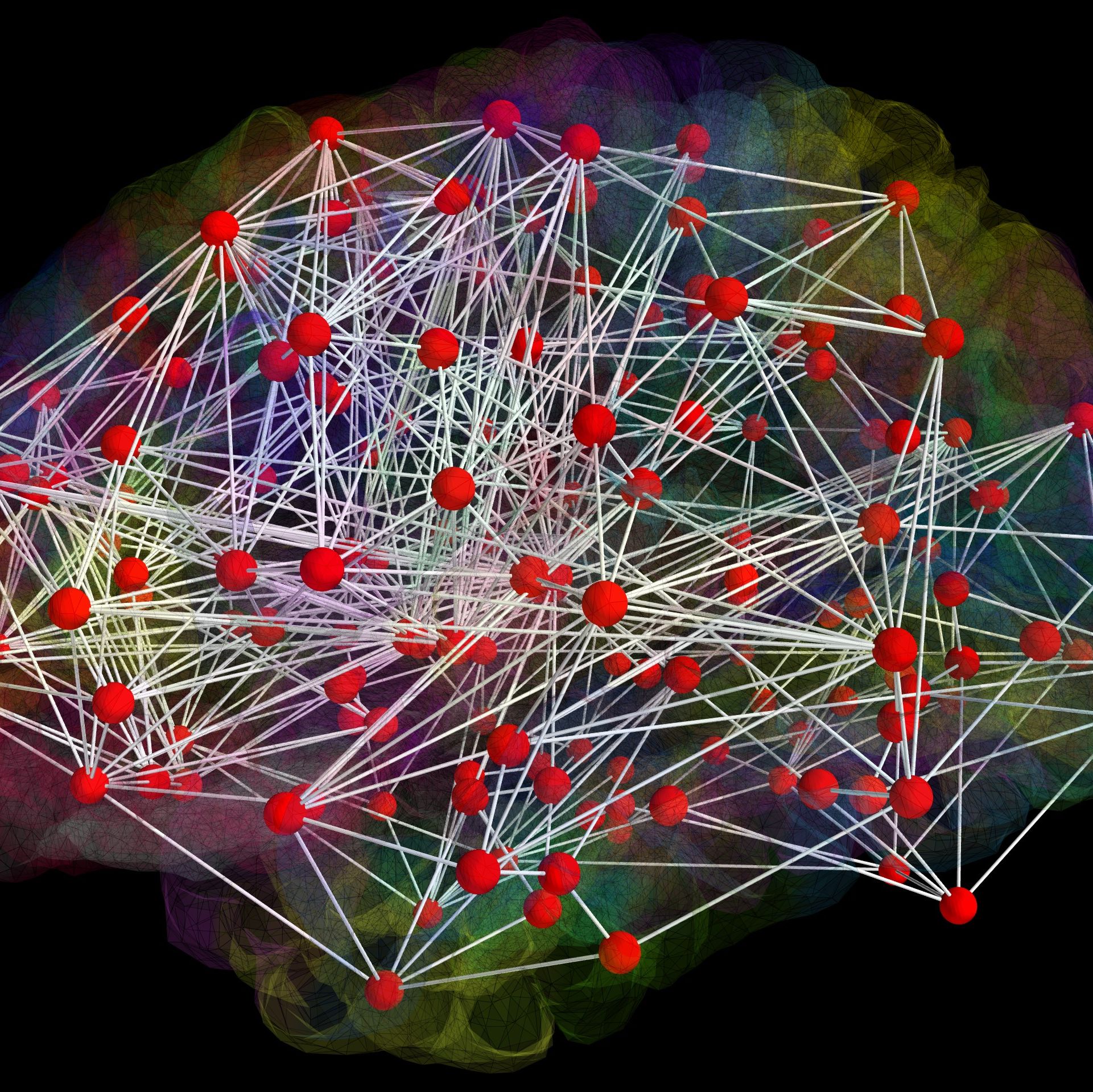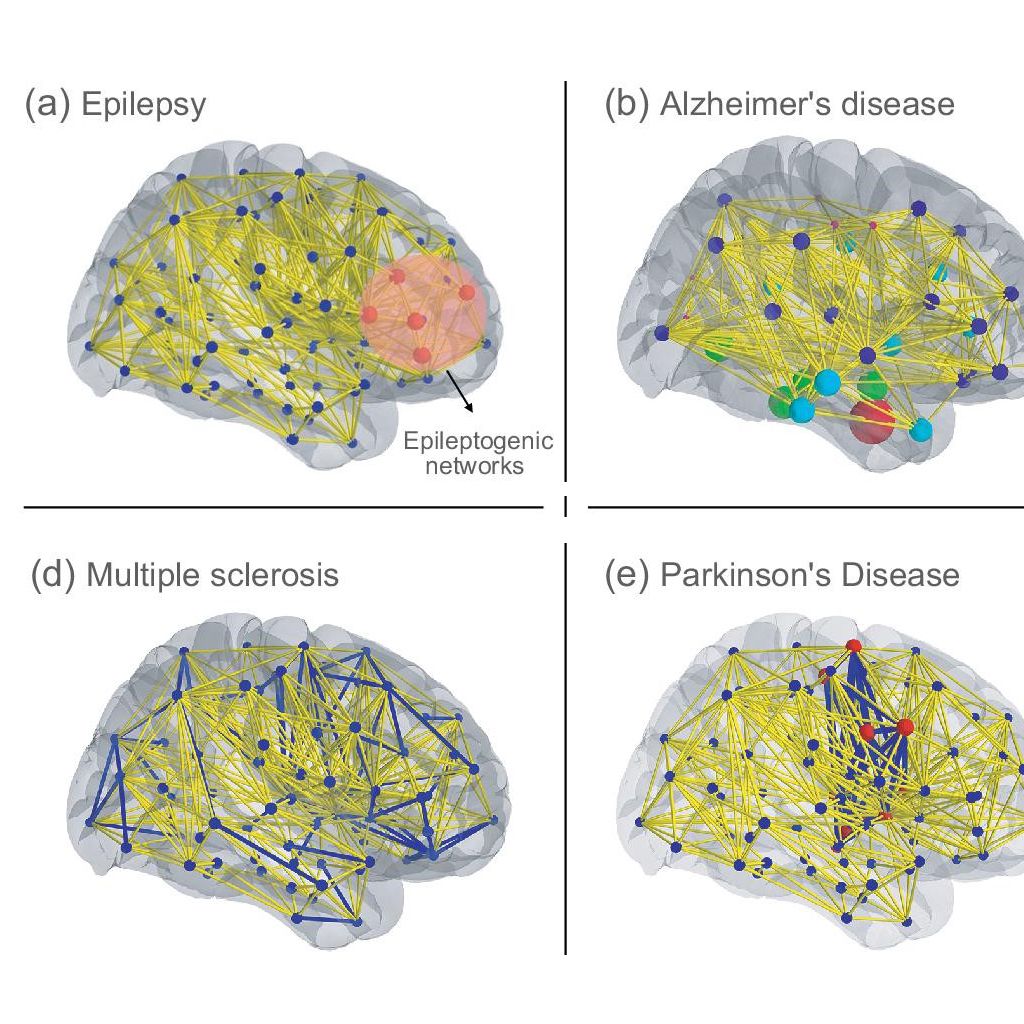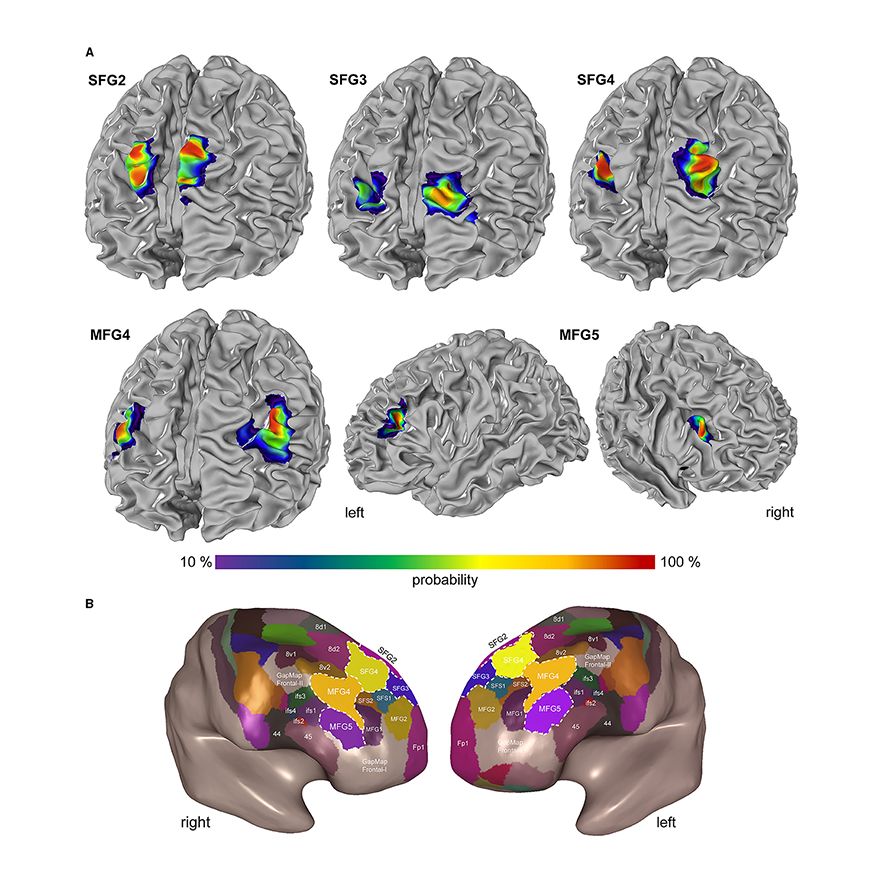
Interview of EBRAINS CEO Pawel Swieboda in MedNous

When the Human Brain Project was launched by its European founders in 2013 the concept was to create a research infrastructure for brain research and brain-inspired computing that could be used by scientists throughout Europe and elsewhere. The project began with funding commitments of just over €1 billion for 10 years, half of which was to be provided by the European Commission.
However within 12 months of the launch, there were protests from the scientific community. More than 100 researchers sent a letter to the Commission saying the project was poorly conceived and managed (1). There was push-back from the project itself, but eventually the organisers stepped back, cut the budget, and brought in new management. As part of this reorganisation a new entity called EBRAINS was created in order to deliver the computing infrastructure that was considered essential for modern brain research. EBRAINS was established in 2019. A year later, Pawel Świeboda, an experienced civil servant, was appointed chief executive of EBRAINS as well as director general of the Human Brain Project.
In an interview, Mr Świeboda explained what the Human Brain Project has thus far accomplished, and how the technology infrastructure being created by EBRAINS will contribute to global brain research.
“The Human Brain Project currently has two sides to it. One is the scientific agenda which is very much focused on problems of cognition and consciousness and also the adaptive architectures. We balance neuroscience, brain health, and brain-inspired technology into that scientific programme. The other side is the development of the EBRAINS architecture."
CEO of EBRAINS and Director General of the Human Brain Project
The scientific programme has led to original research on epilepsy and cognition, while the EBRAINS computer portal is bringing together scientists from across Europe and elsewhere to address common problems in neurology using the latest technologies.
Since 2013 the common theme has been working in partnerships, or consortia. A consortium of more than 100 European institutions, which are mostly academic bodies, makes up the Human Brain Project. Funding comes largely from the Commission’s Horizon 2020 programme with additional in-kind contributions from the participating institutions and EU member states. Following the initial criticism, the budget was trimmed to €607 million over 10 years. The work of EBRAINS is covered by the budget, but this will end in 2023 when the Human Brain Project itself concludes. As the EBRAINS CEO, Mr Świeboda is already working on plans to fund the transition for EBRAINS.
Legally, EBRAINS is a non-profit association registered in Belgium. Operationally, it is a central hub with different national nodes providing basic research services to scientists from data collection to data curation to modelling and simulation. Some of the resources include a three-dimensional atlas of the human brain, a medical informatics platform for hospitals, simulation engines such as ‘the virtual brain,’ a neurobotics platform and access to supercomputers of a European network called FENIX (federated network of information exchange in logistics).
“I think where EBRAINS stands out is the vastness of the data sets that we are gathering, the curation abilities [we have] and what comes on top, is what we call amplification services,” the executive said. “I think the flagship tool is the modelling and simulation one which works to create predicted models of brain behaviour. And we have simulation tools that are effective at different levels of brain organisation as well as the whole brain level.”
CEO of EBRAINS and Director General of the Human Brain Project
An example of a project using modelling and simulation is EPINOV (improving epilepsy surgery management and prognosis using virtual brain technology). The project, which falls under the Human Brain Project umbrella, is based on brain simulation technology developed by Viktor Jirsa of Aix- Marseille University in France and colleagues. It consists of a personalised brain model created from patient data. This includes anatomy, structural connectivity and brain dynamics. This is then turned into a network model on which a seizure propagation can be simulated. The essential concept is to exploit the network properties of an individual brain. The first application of the technology is expected to be as a pre- operative planning tool for drug-resistant epileptic patients (2).
A second example is a project that seeks to establish whether patients in a coma following a severe brain injury still harbour consciousness. The medical and ethical issue is that patients who are unresponsive to stimuli may in fact still be conscious. But how can this be measured? Marcello Massimini from the University of Milan, Italy and colleagues, under the umbrella of the Human Brain Project, have developed a perturbational complexity index which has shown sensitivity in detecting minimal signs of consciousness. According to the MIT Technology Review, the index is the most accurate consciousness meter developed to date (3). Its major advantage is its ability to generate a single number which can guide physicians. The index measures electroencephalographic responses to transcranial magnetic stimulation. “This surely will be tested for clinical use because it allows you to see what you otherwise cannot see and measure,” Mr Świeboda said.
While the Human Brain Project itself will expire in 2023, the technology infrastructure and projects are expected to carry on – perhaps with more international involvement. The European project is part of the International Brain Initiative (IBI), a global group. “We need to work closely with others to ensure there is interoperability... That’s very much the next big step that needs to be taken in neuroscience in order to ensure reproducibility and replicability,” Mr Świeboda said.
References:
- Fregnac Y, Laurent G, Where is the brain in the Human Brain Project?, Nature, 4 Sept 2014
- The first HBP innovation award went to the virtual brain team, 29 Sept 2021, www.humanbrainproject.eu.
- Juskalian, R, Consciousness Meter, MIT Technology Review, September 2021.
This article was prepared by the MedNous editor on the basis of an interview and literature search.
News & events
All news & events- Science and technology17 Apr 2024

- Science and technology10 Apr 2024

- Science and technology03 Apr 2024

- Science and technology27 Mar 2024
